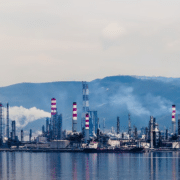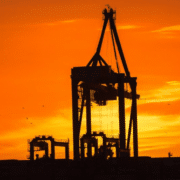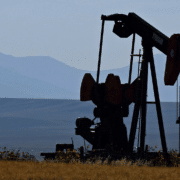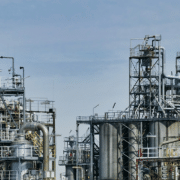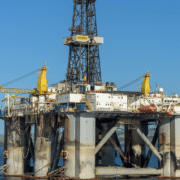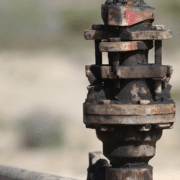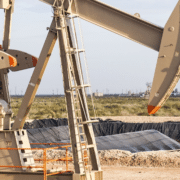⚠️ IMPORTANT LEGAL DISCLAIMER:
The information provided on this page is for general informational purposes only and does not constitute legal, financial, or investment advice. Oil and gas laws, mineral rights regulations, and royalty structures vary significantly by state and jurisdiction. While we strive to provide accurate and up-to-date information, no guarantee is made to that effect, and laws may have changed since publication.
You should consult with a licensed attorney specializing in oil and gas law in your jurisdiction, a qualified financial advisor, or other appropriate professionals before making any decisions based on this material. Neither the author nor the publisher assumes any liability for actions taken in reliance upon the information contained herein.
In the United States, landowners have the ability to earn money from the resources below their property. If you own the subsurface below your land, then oil and gas companies may be interested in leasing or buying your mineral rights. Let us talk more about the oil and gas royalties by state.
Of course, not every plot in America is going to make you rich. The values of oil and gas royalties by state vary greatly. Above all, the size of your oil and gas royalty checks will depend on the size of your lot, your percentage share, and the amount of resources that are extracted and sold in a defined timeline.
Here is the list of oil and gas royalties by state, with the highest potential:
Texas
Everything is bigger in Texas, including its oil production. Texas produces, on average, over 2 billion more barrels of oil per day than any other U.S. State. And guess what, Texas also leads the country in natural gas production. All in all, the Lone Star State has the most opportunities to earn oil and gas royalties.
Pennsylvania
This may surprise some people, but the Keystone State is actually the 2nd largest producer of natural gas in the United States. Titusville, Pennsylvania is famous as the location for the first ever successful oil drilling on U.S. soil. However, since then, the state’s oil production has been overshadowed by many states to the West.
North Dakota
Besides Texas (and occasionally New Mexico), the only other state in the country that typically produces over a million barrels of oil per day is North Dakota. The Bakken formation in North Dakota’s western plains produces the majority of the state’s oil. In terms of natural gas production, North Dakota ranks 10th in the country.
Wyoming
If you were to look at each state’s total energy production (gas and oil combined), Wyoming ranks number three overall. This is impressive because Wyoming typically ranks between the fifth and tenth annual production of crude oil or natural gas alone. Overall, the state has a consistent amount of opportunities to earn oil or gas royalties.
Oklahoma
Lastly, we must mention the Sooner State, Oklahoma. Oklahoma sits in the dead center of the country with ample oil and gas resources below the state’s surface. Consistently, Oklahoma ranks in both the top five for the annual production of oil and natural gas. The state is also investing heavily in wind power and is slowly becoming an electricity powerhouse.
Remember: This information is for educational purposes only. Consult qualified professionals for advice specific to your situation and jurisdiction.

